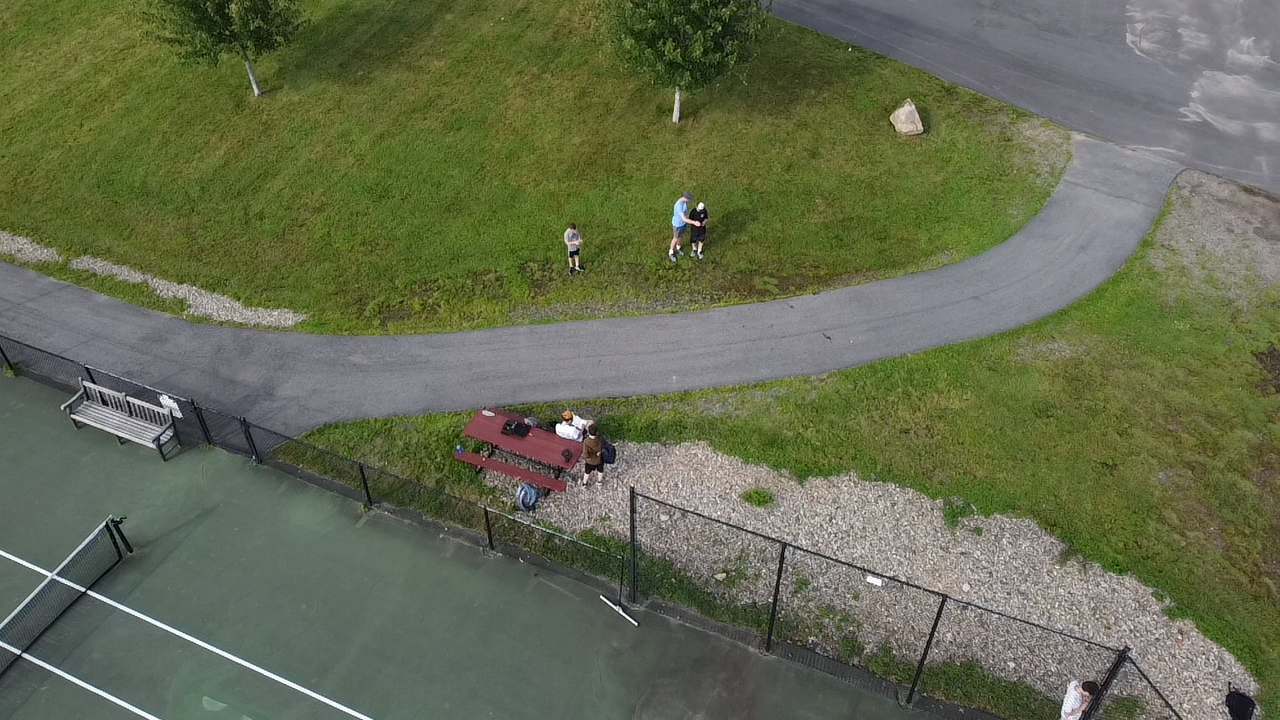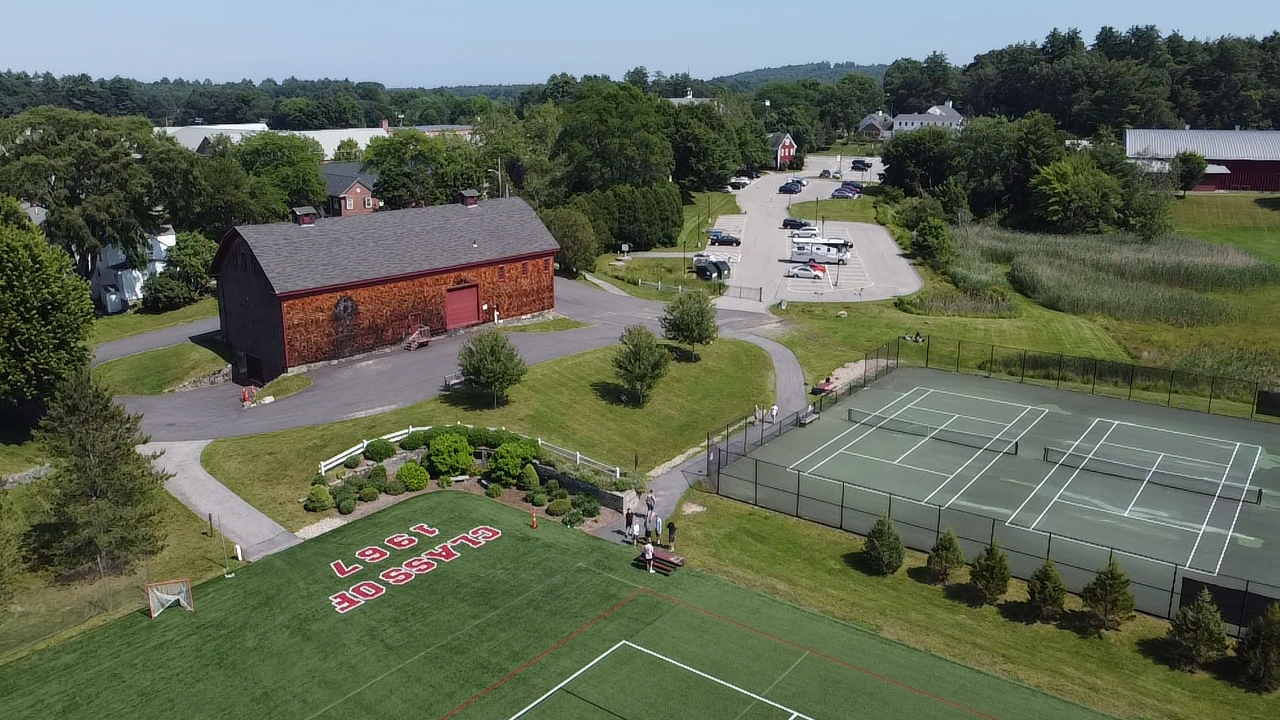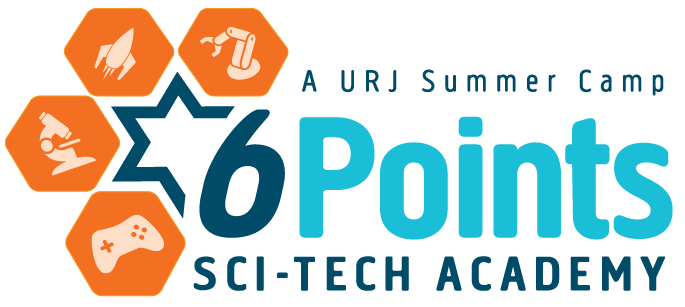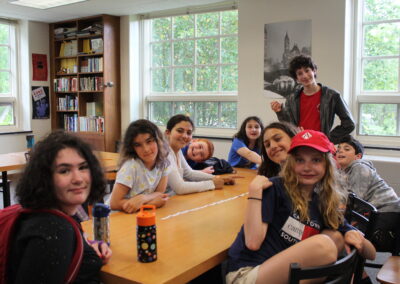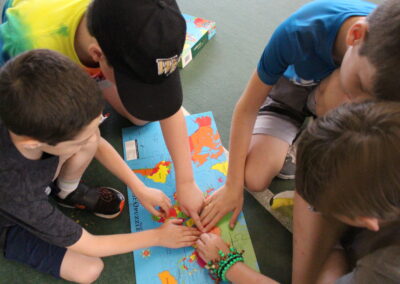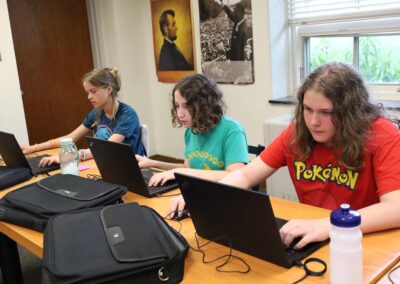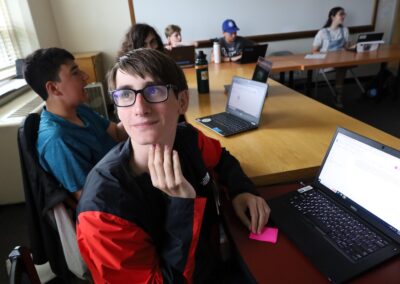Chugim in Full Swing
As Jakob K. wrote in the Sci-Tech Times chug, “Chugim are another unique part of camp. Almost every camp has a form of electives, but Sci-Tech’s are much more creative. I remember my first year being amazed by rocketry and drones and even now I still look forward to my chugim.”
Each week, campers select chugim (electives) led by counselors. These 4-day programs often incorporate hands-on learning, collaboration, and constructing a final product.
Here are some insider interviews from chug leaders from around the world and a showcase of some of their campers’ work.
Arduino Chug
Everyone’s creativity in designing original projects flourished in the Arduino chug. Each camper chose a project that matched their individual interests and strengths, and they worked on a product to share with the group.
Last fall, I took a college class on Embedded Software, and these campers are on the same level with writing C++ programs that run on Arduino hardware. Some of them came in with more Arduino experience than some of my classmates – I’m very impressed with Sci-Tech campers!
I planned on teaching specific topics in a lesson format, but that’s not Sci-Tech. Campers here are not interested in lectures. I tossed out the lesson plan on the first day because they were interested in building, creating, and shaping the world themselves. I said, “There’s a pile of tech there – build!” And build they sure did.
Campers would ask questions, help each other in developing programs, and explore the boundaries of Arduino. By the end of the chug, many campers said they had untouched Arduino parts at home that they cannot wait to begin using, or that they now wanted to get their own parts soon.
Joshua Phelps, Arduino chug leader, from Eugene, Oregon
#include <Servo.h>
Servo myservo;
int potpin = 0;
int val;
void setup() {
myservo.attach(9);
}
void loop() {
val = analogRead(potpin);
val = map(val, 0, 1023, 0, 180);
myservo.write(val);
if (val > 0 && val < 89) {
digitalWrite(11, HIGH);
} else {
digitalWrite(11, LOW);
}
if (val > 91 && val < 180) {
digitalWrite(12, HIGH);
} else {
digitalWrite(12,LOW);
}
delay(15);
}
Snippet of code from a motor and indicator by Michal C.
Rocketry Chug
The Rocketry chug is pretty straightforward. It’s a do-it-yourself chug, and I’m here to guide them. There was a slideshow presentation to see what direction their work would go, and then we got straight into the building process. There were some things I found that people were better at – coordinating with their teammates, putting glue on, measuring, moving stuff around.
“What happens if we put our fins on this way? Change the position of the engine?” Campers were able to play around and experiment with their rockets. Before I let them launch, I checked it out to see if it would work. I ran numbers and calculations on my computer, and they learned to make adjustments. Some got creative and put their fins on backwards to look like horns, and I was unsure if it would actually work out and be safe. We made sure it was good, and they gave it a try. It was fun!
F(v) = T – w
Net Vertical Force = Thrust – Weight
This variation of the Main Thrust Vector Formula is to point out that the force of the engine is pushing stronger than the weight of the rocket. Campers inputted their data into the formula to see what the difference would be before launching. It was up to them if they wanted to use the formula to inform their launch. This was a step further for some to explore, but nevertheless, this is the “why” to how the rocket flight happens.
The day we launched, there was a bit of wind and a light drizzle, and while we didn’t account for the wind yet, the cylindrical launch lug curved into the sky. We don’t know where it landed, but I’m sure it will be back some day! We accounted for the wind after that, and we launched eight rockets!
Mathematically, the rockets are expected to hit around 1,600 feet in the sky, but this varies. Some have more drag, the wind affects it as well, but our rockets surely reached more than 1,000 feet. Some even went into the clouds where we couldn’t even see them. Campers had a blast with the Rocketry chug!
Cesar Couto, Rocketry chug leader, from Puebla City, Mexico
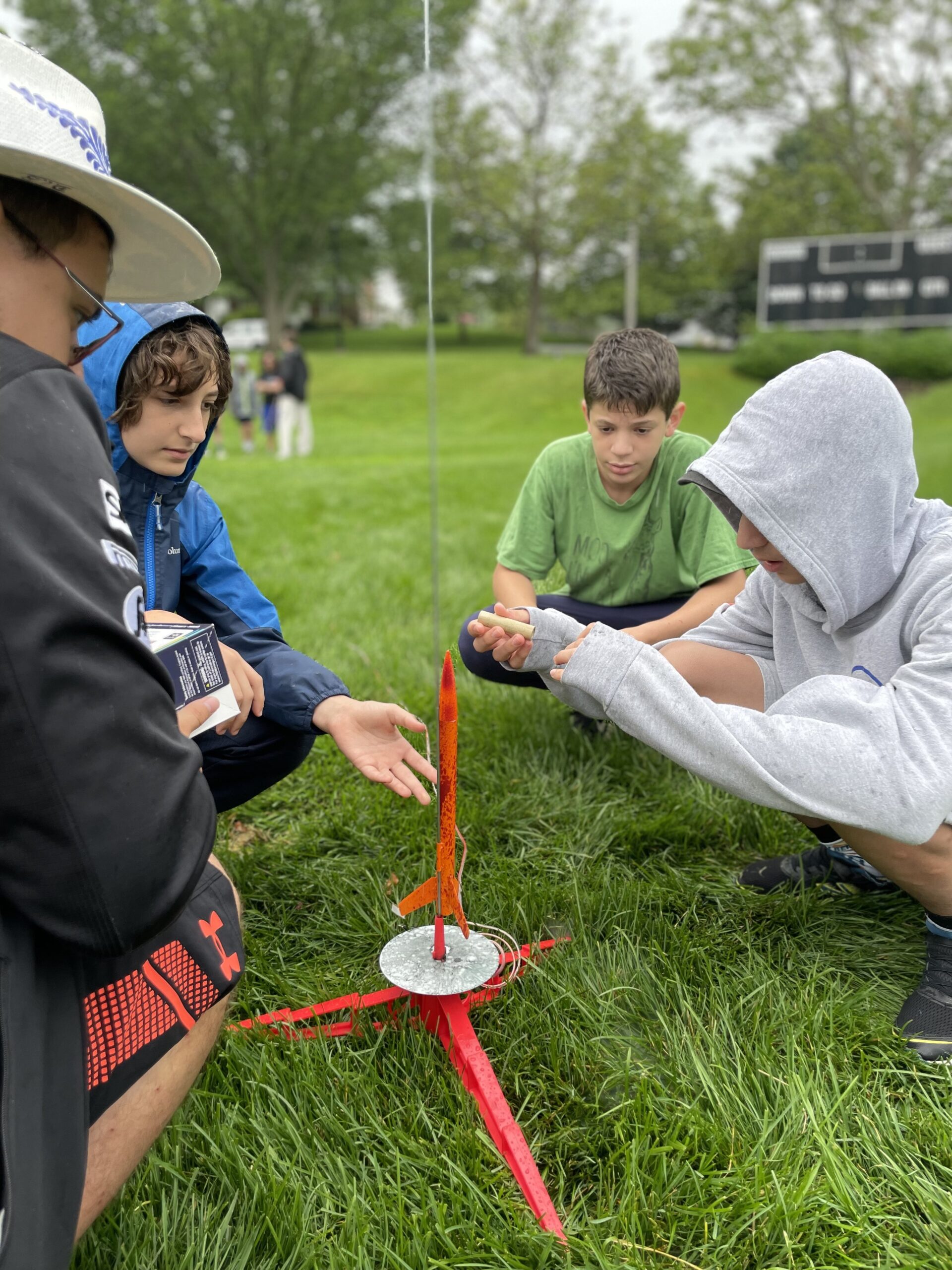
Drones Chug
In the Drones chug led by Ruben Segal from Toronto, Canada, campers filmed from drones as they learned to fly in various environments.
